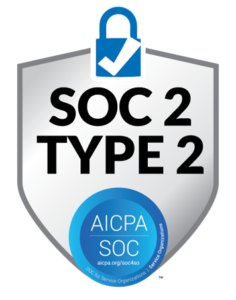Essential Components for a High-Performance Workforce
What does it take to build a high-performance workforce? The answer varies, depending upon your business, but establishing a high-performance workforce generally relies upon careful planning, access to real-time data, appropriate training, and accurate performance expectations.
If you’re looking to improve your organization’s workforce performance, it helps to have a solid Labor Management System System (LMS) in place. In fact, implementing a LMS has helped some organizations realize a 25-30 percent increase in productivity. This level of improvement doesn’t happen overnight, but with the right programs and tools in place — it can be achieved over time.
In our experience, there are five key elements high-performance organizations have in common.
5 Components of a High-Performance Workforce
1: Labor Planning –
Change is constant, which is why relying on historical labor standards won’t provide your organization with an opportunity to increase efficiency. High-performance organizations model their labor requirements using dynamic labor standards that can flex with your work content. Utilizing dynamic engineered labor standards enables companies to accurately plan their workforce needs for today and forecast for tomorrow — avoiding understaffing, overstaffing, and overtime costs. By taking a more intelligent approach to labor planning, companies can not only assign the right number of workers per activity, but also the right workers with the right skills.
2: Performance Management –
Real-time performance data and alerting within a LMS allows organizations to spot unproductive behaviors and correct them quickly. A state-of-the-art LMS should make it easy for floor managers to provide employees frequent feedback through coaching and to recognize their contributions. A LMS is also the best way to support an associate incentive program.
3: Training and Observations –
In today’s labor market, it is imperative that your managers continually help their team achieve higher levels of quality and performance. Labor Management System Software will automatically identify those individuals in need of assistance as well as those that are performing well. That information can then be used on the floor by managers to have an immediate impact on the team’s performance. Additionally, consistent engagement between managers and hourly associates creates a positive environment that results in higher levels of retention.
4: Visibility –
Having labor information in multiple systems (i.e. WMS, time and attendance, manual spreadsheets, etc.) limits the timely visibility of performance metrics. A LMS can seamlessly aggregate data from multiple systems. Tier One systems utilize sophisticated business intelligence reporting to display multiple levels of KPIs across a company’s entire operation.
5: Standards –
Today’s high-performance companies use multi-determinant engineered standards to assure their performance expectations accurately reflect their environment and the ever-changing mix of work. Utilizing engineered standards requires the use of a Tier One LMS in order to accurately calculate this level of standard. The use of engineered standards and a LMS will provide fair expectations for each activity in the operation and more importantly each associate. The use of these tools typically results in performance improvement of 12 to 20 percent.
Now that you have an understanding of what goes into developing a high-performance environment, let’s see if you should be considering moving to the next step in your performance journey.
[qsm quiz=1]

